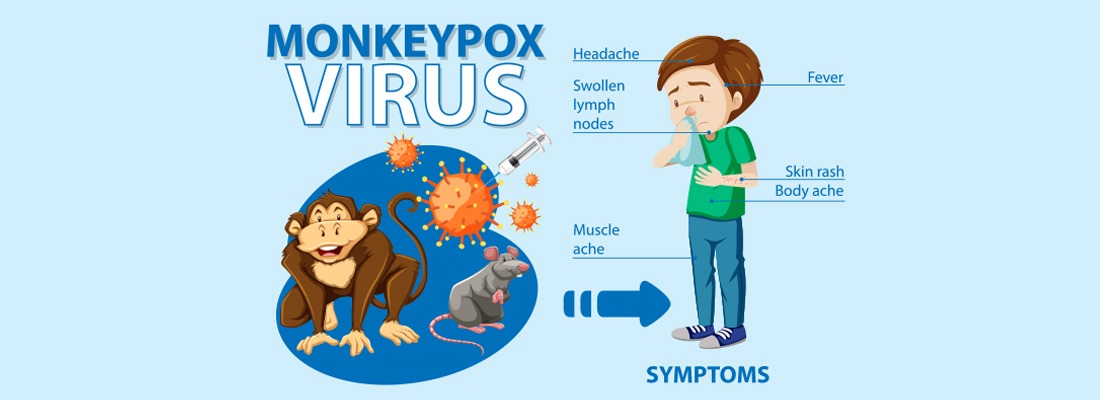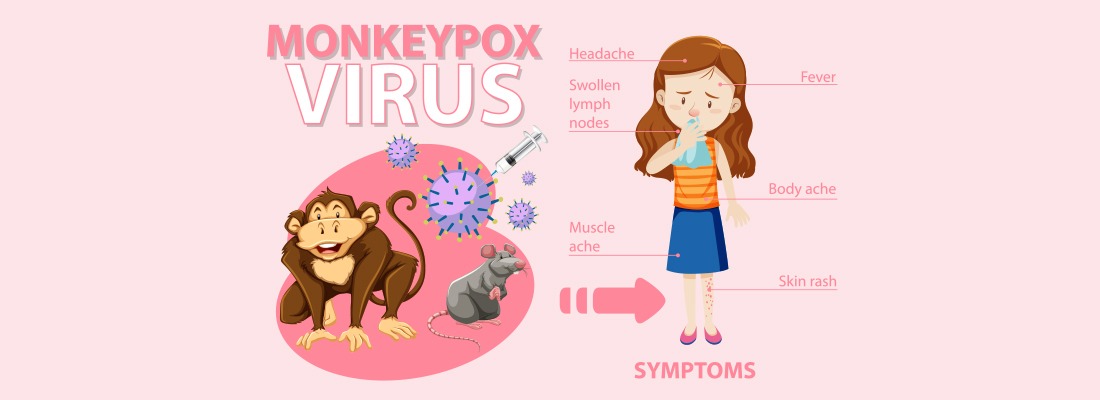EDITORS: Praneesh Chandrasekhar
Abidemi Oseni
The human body exists as an intertwined system where nearly everything
is connected. A nerve that begins near the brain connects to the base of
your foot. This is how scientists have begun to combine different sensory
inputs with the hopes of leading to non-invasive treatments. Currently,
tinnitus and essential tremors are being treated using this “bimodal”
stimulation technique. For example, in tinnitus, combining sound as well
as body stimulation led to heavy improvements in the condition. In a new
study done by Gloeckner, Nocon & Lim., 2022, the scientists aimed to test
the significance of combining different sensory inputs in the
somatosensory cortex (SC). They initially started off by mapping the SC
area for its connections to the other parts of the body through topography.
They identify how much area a part of the body has as a part of the SC.
For example, the lips are known to be a very sensitive part of the body and
hence take up a large portion of the SC. After mapping out the areas, they
applied auditory stimulation alone as well as paired auditory stimulation
with somatosensory stimulation. Auditory stimulation involved
stimulating certain sections of the SC at specific amplitudes.
Somatosensory stimulation involves applying minimal electric shocks to
stimulate regions of the SC. When only auditory stimulation was used,
primarily the lower limb areas associated with the SC were activated,
whereas when a joint stimulation was performed, all SC sites were able to
be activated. Thus, this could lead to non-invasive methods of altering
brain firing patterns. Read further on this interesting new development
using the link below:
Topographic and widespread auditory modulation of the somatosensory
cortex: potential for bimodal sound and body stimulation for pain
treatment – IOPscience

Monkeypox goes global: Why scientists are on alert
Monkeypox, although originally discovered in 1958 by scientists in a lab
on a monkey, has been fairly quiet over the years. Infecting about a
thousand people on a yearly basis, virtually nothing when compared to
other viral infections throughout the world. However, while scientists are
on alert, they are not nearly as panicked as they were during the COVID-
19 pandemic. Reason being, monkeypox is connected to the well-known
viral infection of smallpox, which already has vaccines developed.
Monkeypox also is not nearly as transferable as COVID-19 as it is thought
to only be transferable through contact with bodily fluid (i.e., saliva).
Although, denoted as not being as serious COVID-19, it is still worrisome,
because the virus seems to be moving silently as it were. The original
strands of monkeypox would normally never go unnoticed. Skin lesions
can form; however, these strands are starting to spread asymptomatically,
which makes the condition significantly more difficult to track. Health
care workers are considering use of the ring vaccination technique in order
to prevent further spreading. This technique involves vaccinating not only
targeted patients, but also all those close to the patient. The question
remains however, will monkepox continue to grow and spread and
devastate the world just like COVID? Find out more in the link.
https://www.nature.com/articles/d41586-022-01421-8

Bionic Heart: Recreating the heart’s helical structure-function relationship
Commonly known about the human heart, it has 4 chambers, blood leaves
through the bottom left chamber and produces immense pressure to push
blood through. However, one less known fact about the heart is that blood
is pushed out the heart not through simply the bottom left chamber making
a strong contraction. Instead, it was proposed that the heart instead
operates in an upward rotational manner. With a twisting motion it pushes
blood out. Chang, Liu, Zimmerman, Lee & Jin., 2022 are developing a
method that involves bio fabricating a ventricle using this “focused rotary
jet spinning”. The method would not only maintain the pressure used by
the heart, but also the 3D cell alignment that exists in the heart. This
arrangement is what allows for the rotation. With these improvements in
bio fabrication, a model heart can be designed for children with congenital
conditions that cause heart defects. Read further on this interesting
development using the link
Recreating the heart’s helical structure-function relationship with focused
rotary jet spinning | Science
